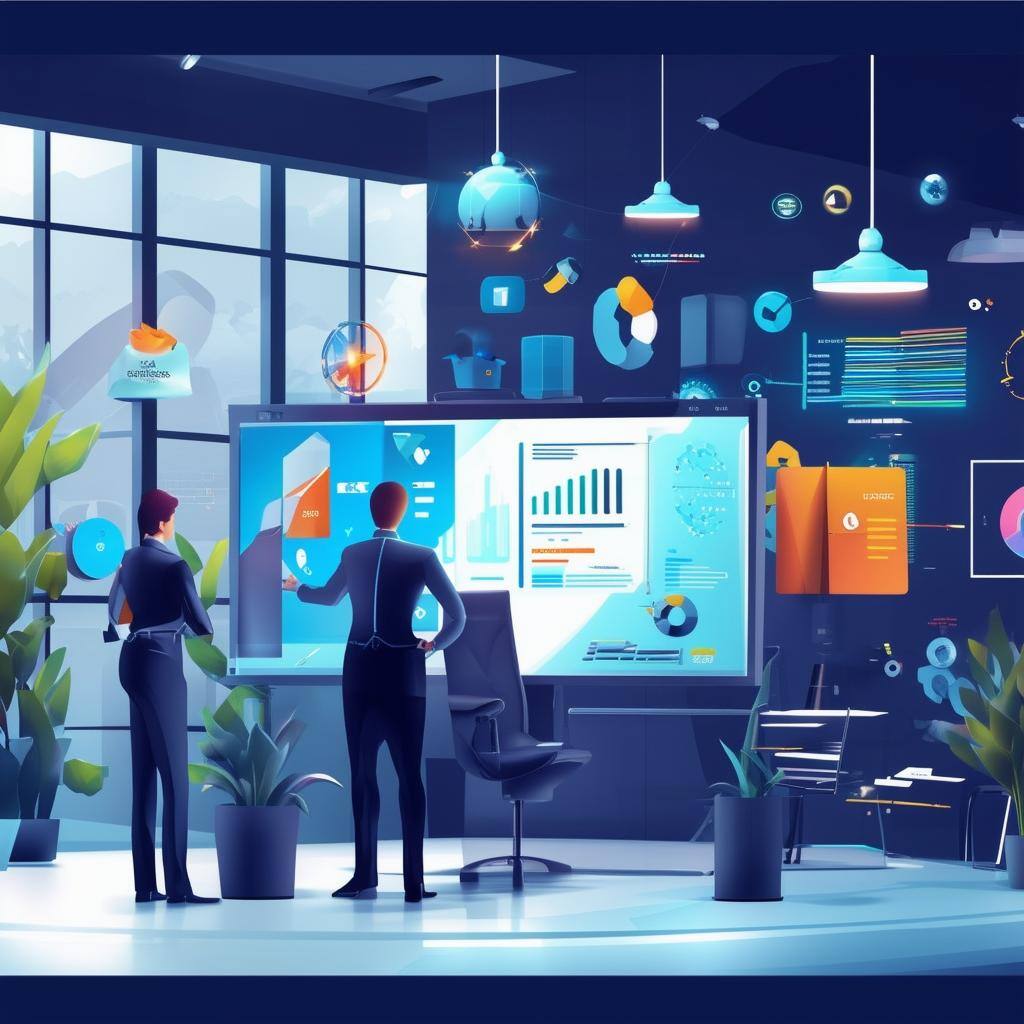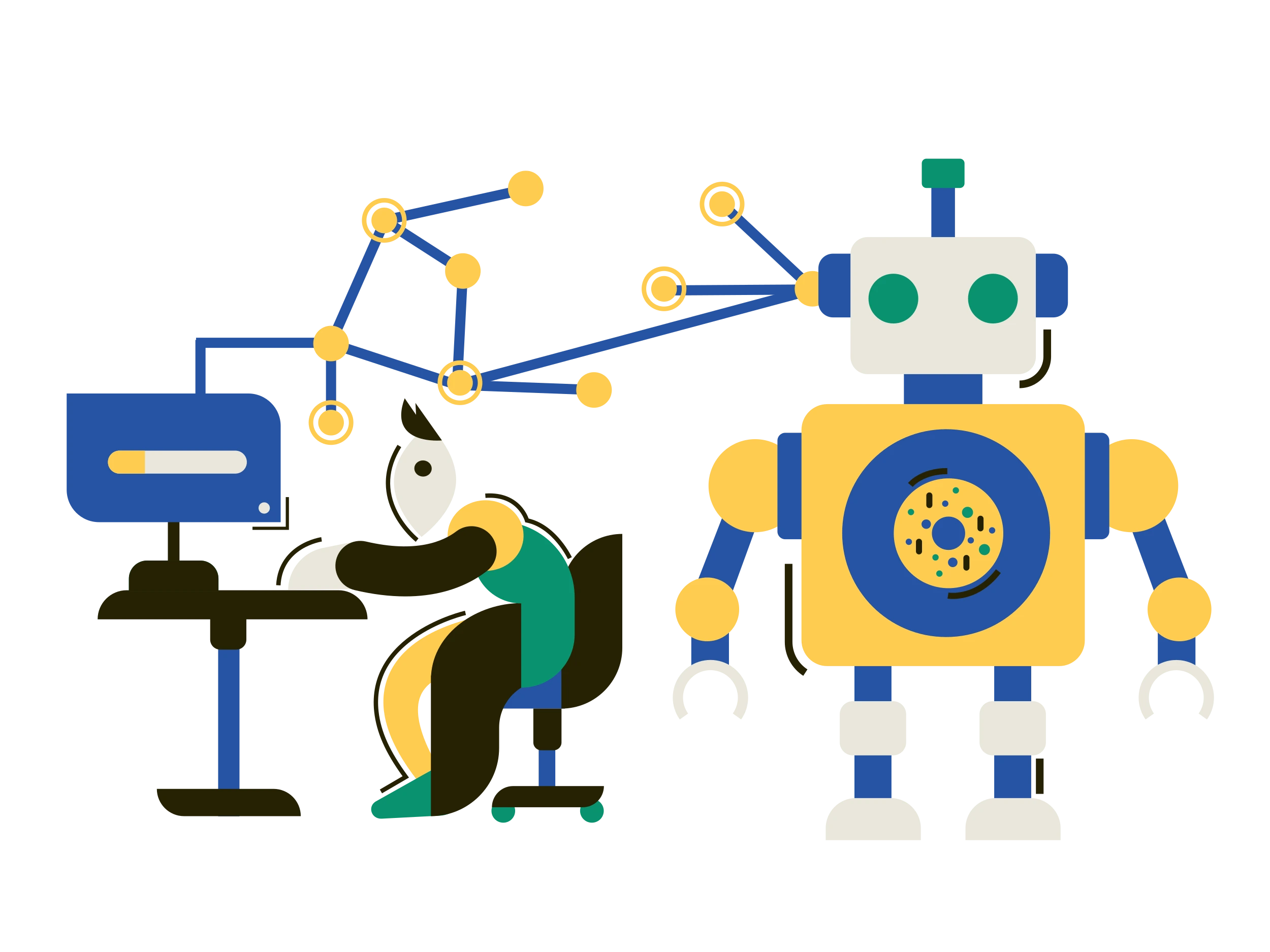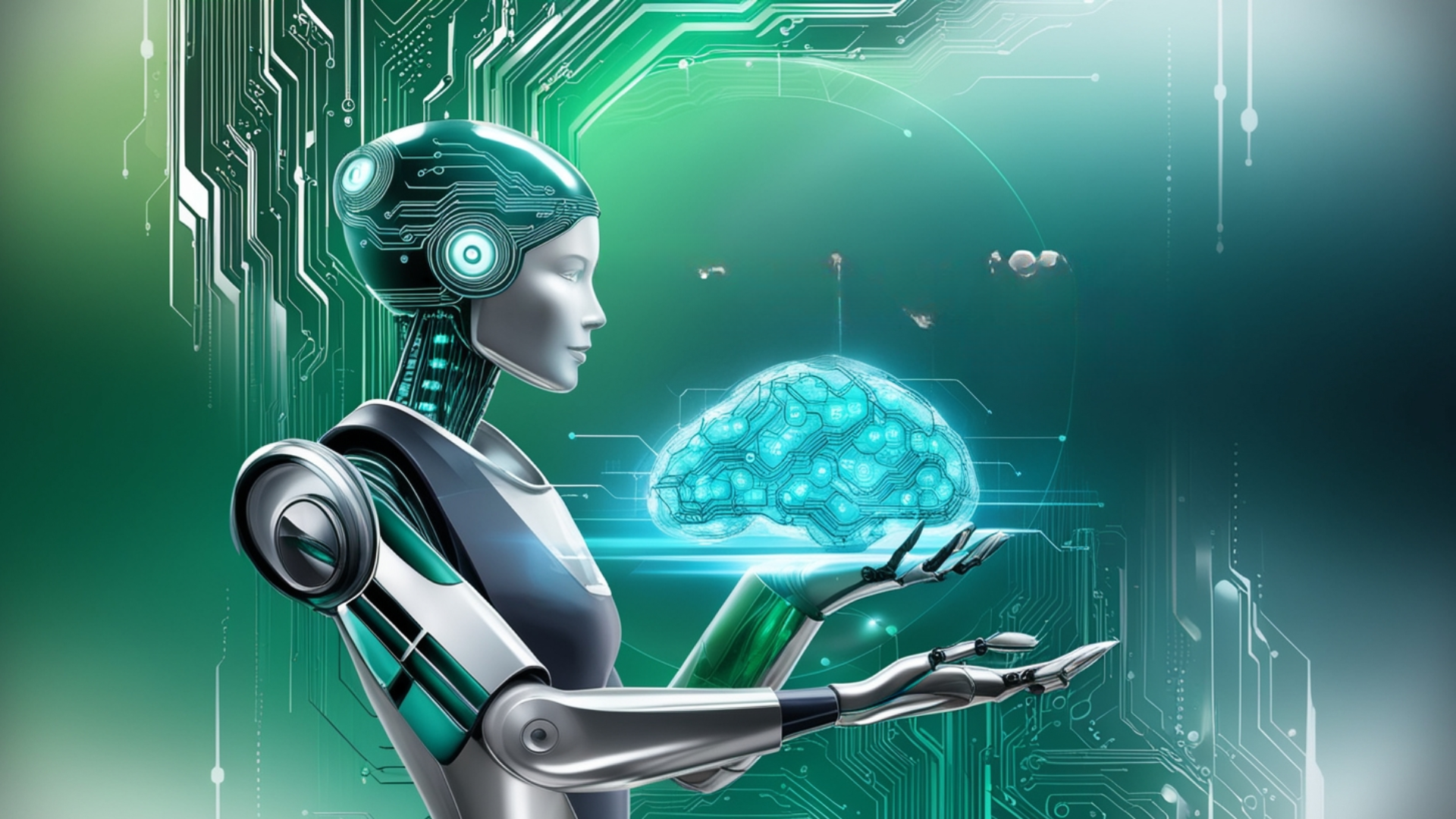A team at Anthropic have done a study called “Which Economic Tasks are Performed with AI?”
This is huge.
They’ve mapped millions of Claude.ai conversations to standard job classifications to determine what kinds of occupational classifications are using AI.
It’s important to note that the study excludes activity from business customers and from API calls.
The Key Points
- Comparing the occupations in the US economy to the conversation occupations, there are a handful of areas where Claude conversations are far greater than the percentage of workers in the economy:
- Computer and mathematical: 37.2% of Claude queries vs. 3.4% of workers – this is totally not surprising.
- Arts, design, sports entertainment, and media: 10.3% of Claude conversations vs. 1.4% of workers; this seems to be mostly content generation.
- Life, physical, and social science: 6.4% of Claude conversations vs. 0.9% of workers.
- Computer and mathematical: 37.2% of Claude queries vs. 3.4% of workers – this is totally not surprising.
- There were other areas with significant use, though still lower than their representation in the workforce, such as Business and Financial, Office and Administrative Support, and Management.
- Unsurprisingly, skills like reading comprehension, writing, and programming have a high presence in AI conversations, whereas skills like equipment maintenance and installation are not common. I was particularly surprised that negotiation was as uncommon as it is—I could imagine a number of use cases there.
- AI adoption is strongest among mid-to-high earning knowledge occupations—especially in software and technical roles—but drops off at both ends of the wage spectrum.
- High-income roles like physicians and lower-wage occupational tasks like restaurant staff see relatively little AI use, suggesting that current AI tools are best suited to augmenting analytical and creative work rather than manual or highly specialized tasks.
- High-income roles like physicians and lower-wage occupational tasks like restaurant staff see relatively little AI use, suggesting that current AI tools are best suited to augmenting analytical and creative work rather than manual or highly specialized tasks.
- Approximately 36% of occupations have usage in at least 25% of their tasks. Physical Therapists is an example here.
- Approximately 11% of occupations have usage in half of their tasks. Marketing Managers is an example here.
- A very small percentage of occupations (circa 4%) exhibit AI use for at least 75% of their tasks. Foreign Language and Literature Teachers is an example here.
- They break down the collaboration between humans and AI across five areas:
- Augmentation
- Validation (work verification and improvement): 2.8%
- Task Iteration (collaborative refinement process): 31.3%
- Learning (knowledge acquisition and understanding): 23.3%
- Augmentation
- Automation
- Feedback loop (task completion guided by environmental feedback): 14.8%
- Directive (complete task delegation with minimal interaction): 27.8%
- Automation
What Does This Tell Us?
For consulting companies like Nimble Gravity, the Anthropic study is an expanded map of where genuine business value is being unlocked with AI. It validates what we’re seeing in the field in our own work: AI is actively reshaping knowledge work—particularly in domains like software engineering, marketing, content generation, and research-heavy roles.
These aren’t edge cases or future scenarios. The strongest adoption is happening in roles where writing, analysis, and logic-based decision-making are central—areas where AI can act as both collaborator and accelerator. If your teams aren’t already experimenting, piloting, or scaling AI in these domains, odds are your competitors are. And they’re building compounding advantages.
At Nimble Gravity, we help clients cut through the noise to identify high-impact opportunities for AI integration. Whether it’s enhancing productivity, generating documents, or reducing cycle times, we build targeted solutions that deliver meaningful value.
This isn’t about replacing your workforce. It’s about augmenting it. It’s not about moonshots. It’s about real, immediate wins.
Further Thoughts
We’re excited to watch how this evolves over time and hope that Anthropic’s work compels others to publish similar studies. Seeing how usage patterns shift across platforms and industries will offer even more insight into where the next wave of productivity will come from.

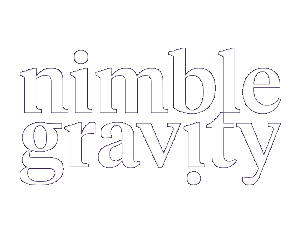



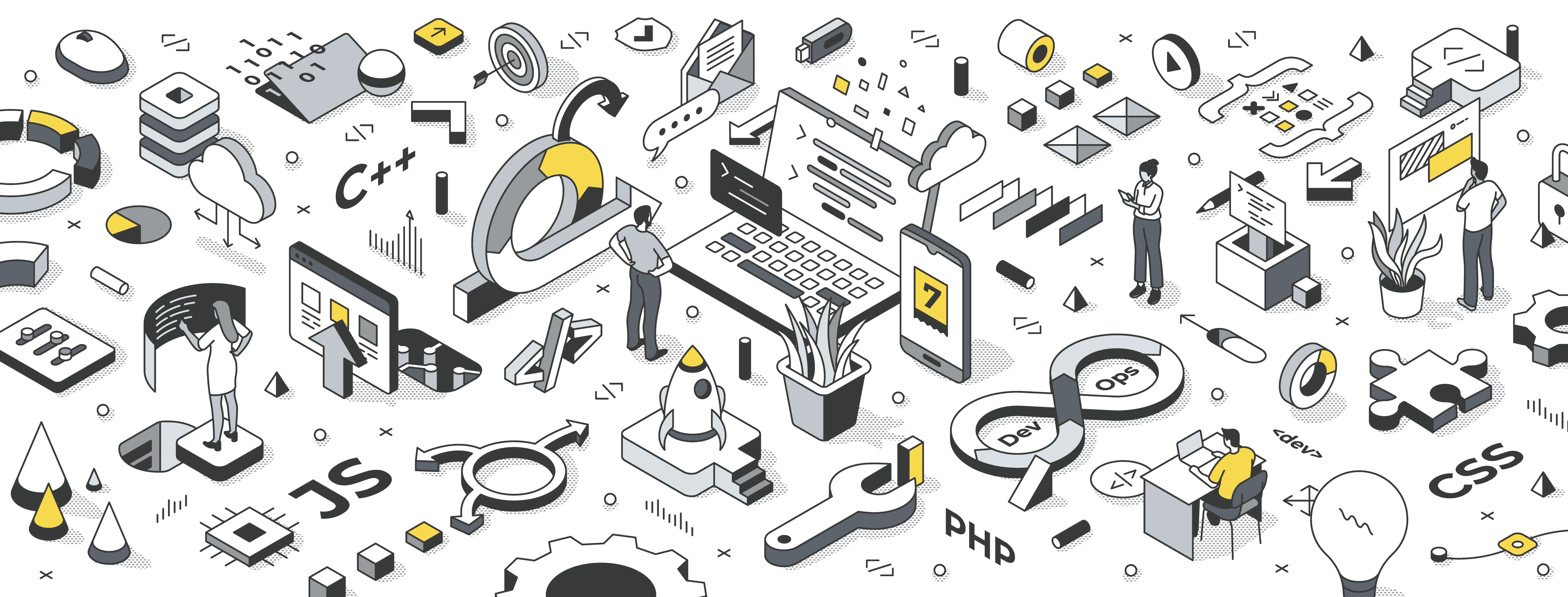


.jpg)

